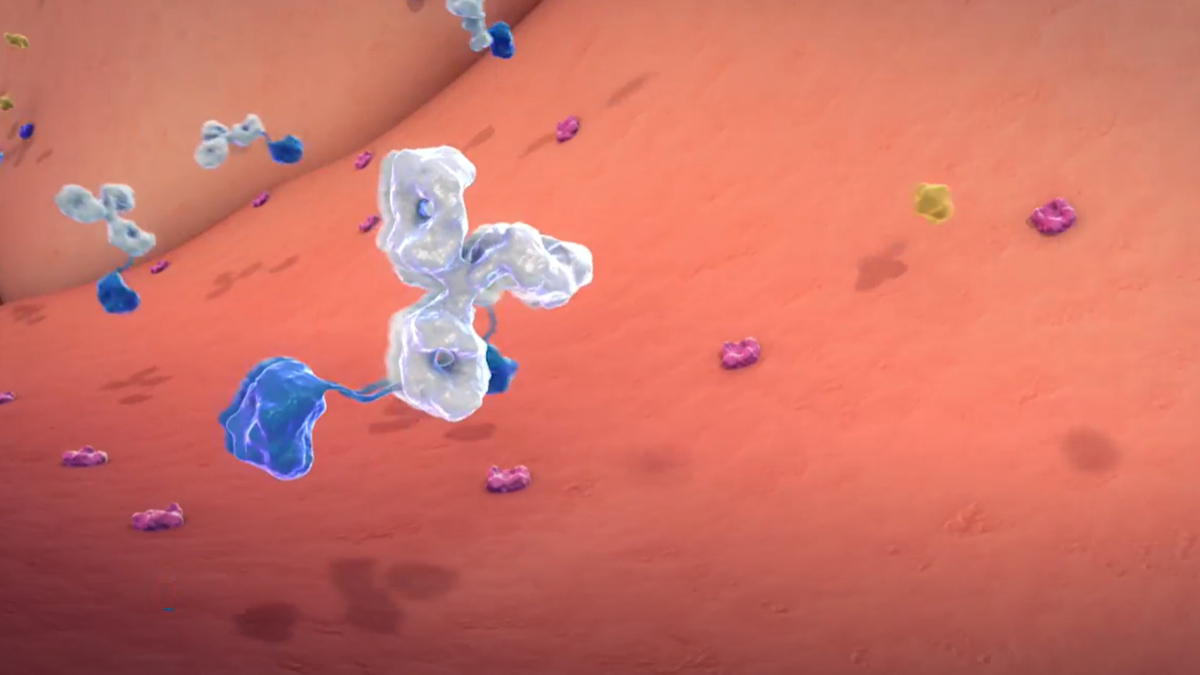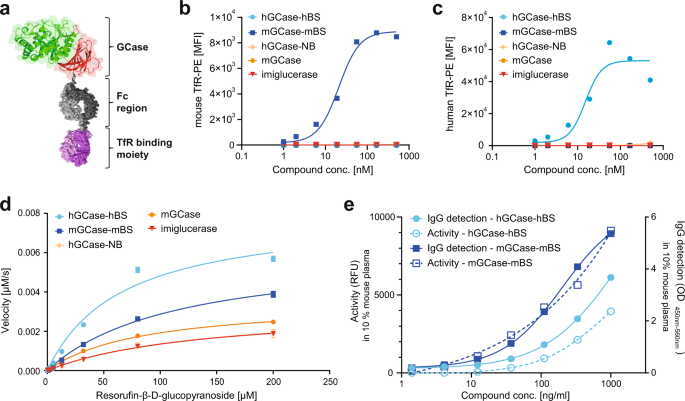Mij
Senior Member (Voting Rights)
Clever Delivery
Being able to deliver different kinds of therapies directly to the brain also has the potential to make receiving therapy much simpler for patients. Right now, certain central nervous system therapies must be delivered through injection into the cerebrospinal fluid (intrathecally). By contrast, the BrainshuttleTM can be delivered intravenously into the bloodstream, like many other large molecule therapies. “Changing intrathecal injection to peripheral administration [e.g. intravenous or subcutaneous injection] would mean reducing the treatment burden for patients and could revolutionise their care journey,” said Roberto.
“For central nervous system (CNS) disorders, the BrainshuttleTM technology could be a gamechanger. This is the therapy of the future, and Roche is at the forefront,” Felix summarised. “But even more importantly, the BrainshuttleTM technology has the potential to transform and shape how brain research and research on CNS diseases is done by the entire scientific community going forward.”
Being able to deliver different kinds of therapies directly to the brain also has the potential to make receiving therapy much simpler for patients. Right now, certain central nervous system therapies must be delivered through injection into the cerebrospinal fluid (intrathecally). By contrast, the BrainshuttleTM can be delivered intravenously into the bloodstream, like many other large molecule therapies. “Changing intrathecal injection to peripheral administration [e.g. intravenous or subcutaneous injection] would mean reducing the treatment burden for patients and could revolutionise their care journey,” said Roberto.
“For central nervous system (CNS) disorders, the BrainshuttleTM technology could be a gamechanger. This is the therapy of the future, and Roche is at the forefront,” Felix summarised. “But even more importantly, the BrainshuttleTM technology has the potential to transform and shape how brain research and research on CNS diseases is done by the entire scientific community going forward.”


